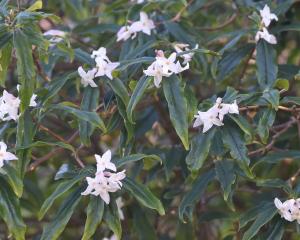
This species lives in small flocks and at the aviary they form close family bonds and can often be seen calling and dancing to each other.
This happens all year round, but from spring onwards this behaviour ramps up with the start of the breeding season.
These lovely little doves have a very distinct call: a soft, melodious, repeated two-note call of "coo crrooo", followed by "heh, heh, heh, heh" while simultaneously bobbing up and down, puffed up and moving side to side.
As the weather warms, you may see them lying on their sides flattened out with one wing extended and, at a glance, looking unwell or even dead.
This is a typical behaviour and a way for the birds to get the sun right into their down feathers and to the surface of their skin, which helps keep those areas healthy.
Several other bird species show this same behaviour. During the summer months, the aviary team occasionally have members of the public voicing concerns for our birds’ welfare but in fact they are happily sunbathing.
There have been several attempts to establish wild populations, in Nelson around 1867 and later in Christchurch, Dunedin and other locations, all unsuccessful. However, they have since become established in areas in the Far North from suspected aviary escapees.
If you visit the aviary this summer, keep an eye out for nesting Barbary doves on top of bushes or perhaps lying on their sides on a sunny day sunbathing.
Garden Life is produced by Dunedin Botanic Garden. For further information, contact Alisha Sherriff.











